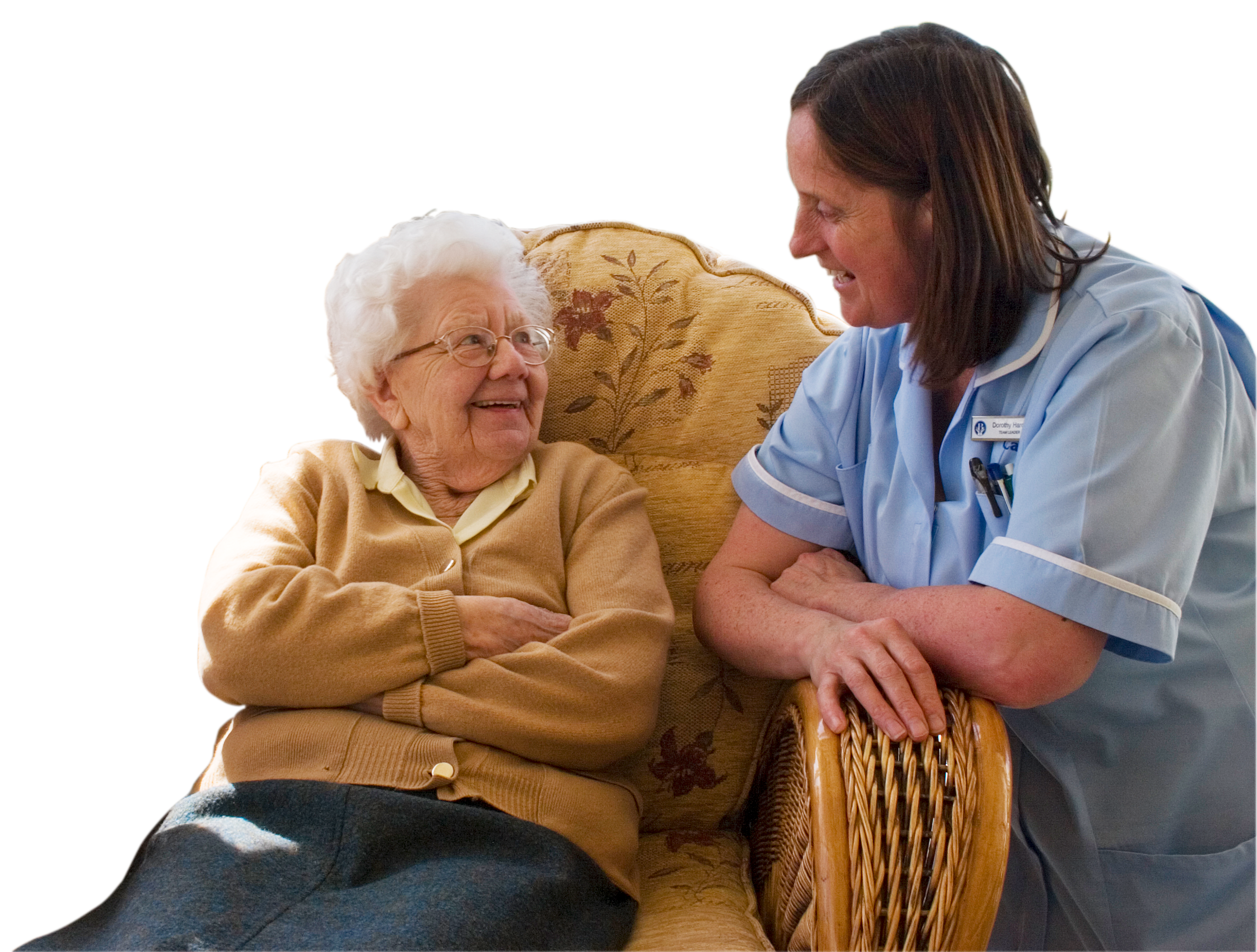Cinnabar Support and Living provide a "Person Centred Care" approach enabling people to establish themselves into a community and engage in individual independent lifestyles.

Our Admissions Procedure
We only get one opportunity to give a good first impression to a new Service User. The way we commence their care provision has a lot to do with how quickly and comfortably they settle into their new routines.
Prior to all admissions the home manager or clinical care manager will assess each individual to ascertain needs and whether the home can meet the identified needs. It also provides an
opportunity to introduce the home and staff to the potential resident
There are a lot of matters to attend to when someone comes into our care for the first time and everyone coming to us is different. Therefore, there may be circumstances when it is better to leave some of the formalities for commencing care services to the day admission if it helps theperson settle in better. This is at the discretion of the most senior person on duty and any deviation from our standard procedure will be recorded on the care plan together with the reason‚” why.
The most senior person on duty will ensure that staff on duty knows someone new is arriving,
that staff know their name and how they wish to be addressed before they meet them. This
means if they have contact with the new person and greet them by their name it will help them settle in because they will feel known and welcome.
Prior to arrival, the most senior person on duty will ensure a nominated member of staff has
checked the following:
- The term of addressing the person is known by all on duty
- Pre-admission requirements as per our policy are met
- Any requests for admission during pre-admission have been addressed
- The room is clean and tidy
- The room is airedThe bed is made
- Towels and soap etc. are put outThe room is at a reasonable temperature
- The television works
- The call system worksLights fittings work, have bulbs in, are shaded etc.
- Plug points work
- Furniture is in good condition
- Coat hangers are in wardrobes etc.
- Our brochure is in the roomAny personal items already sent to us are in the room
- Electrical equipment is tested and safe for use
Confirmation that this has all been implemented successfully will be entered on to the care plan by the most senior person on duty and a note made of where problems arise.
On arrival:
On arrival, the most senior person on duty will greet the new person and anyone who has come with them. They will be shown to their new room and offered refreshments, which provides the most senior person on duty the opportunity to leave them alone whilst arranging the
refreshments.
Thus the new person and anyone with them are given time alone to look around their new room without feeling ‚”over welcomed‚” and that their surroundings are homely and pleasant.
On returning, having given them time alone, the most senior person on duty will discuss the
following:
- Information gleaned during pre-admission
- How to summon help
- Smoking
- Alcohol
- Pets
- Valuables
- Insurance
- Meal arrangements
- Complaints
A tour of the facilities can then be undertaken. Not that the new person will necessarily take it all in but it gives them “feel for the place”.
Paperwork:
On returning to their new room the admission form can be completed, pre-admission details confirmed and the call system explained.
Within 24 hours, we develop an initial care plan which will be based upon information supplied by the social worker and from the pre admission assessment. The care plan will be formalised within seven days of admission and evaluated monthly. A three to six month review with families and/or advocates will be undertaken following the monthly evaluations.
If appropriate a new GP will be allocated and the service user will be informed as soon as possible. An initial medical examination will be requested.
By now they may feel the need for some personal space so check whether they want to unpack now or later and whether they would like some help.
Explain that any electrical equipment will need checking before it can be used and find out if they would like more refreshments. Let them see there is already a copy of our Service Users’ Guide in their room and get them any copies of any policies we have that you have been discussing with them.
Reassure them that there is no rush, which will naturally lead to the time when those with the
person start to feel they are ready to leave.